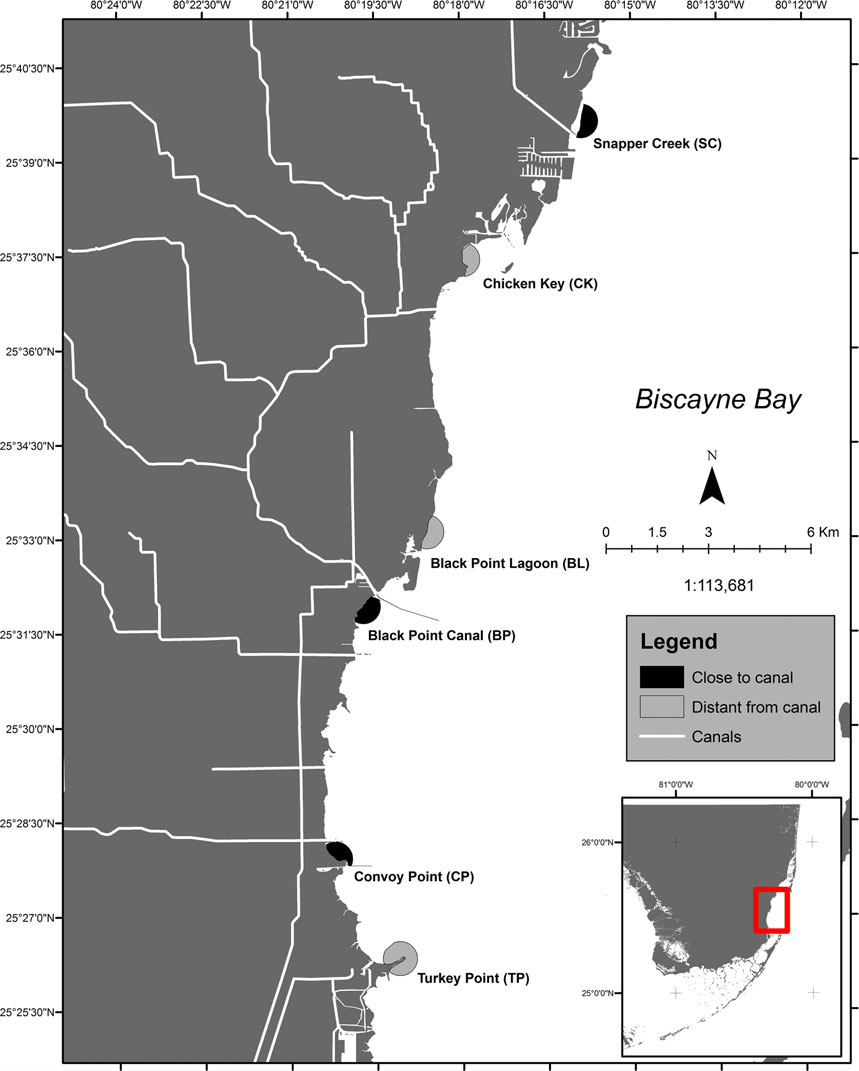In subtropical Biscayne Bay, Florida, NCCOS research reveals decades of water management practices reduce freshwater flow, negatively impacting abundance and composition of the bay’s nearshore submerged aquatic vegetation (SAV) communities, fish, and crustaceans. Over the last 50 years, a massive water management system modified the hydrology of the South Florida watershed by altering the quantity, quality and delivery method of freshwater into South Florida’s coastal bays.

A research team comprised of scientists fromNCCOS,NOAA Fisheriesand theUniversity of Miamimapped and quantified historical change in seagrass beds in Biscayne Bay, one ofNOAA’s Habitat Blueprint Focus Areas. Using aerial photos over a 70 year period (1938 -2009) they compared and contrasted historical versus present day SAV spatial patterns and examined the fragmentation on fish and crustacean distributions for a 2.57 km2study area.
The study found that nearshore habitats experienced a net loss of over 3% of the total SAV mapped over the time series. While areas adjacent to drainage canals had significantly higher SAV cover, they still experienced wide fluctuations in cover and fragmentation over time. All sites exhibited higher fragmentation in 2009 compared with 1938, with four sites exhibiting high fragmentation levels between the 1990’s and 2000’s.
Biscayne Bay SAV assemblages, composed of seagrasses and macroalgae, provide carbon sequestration plus food and shelter to economically and ecologically important species like blue crab, conch, snook, croaker, drum, and mullet. They also provide essential habitat for endangered marine species such as the green turtle, American crocodile, and West Indian manatee.
The study demonstrates that freshwater inputs into coastal bays modify the amount and fragmentation dynamics of SAV habitats. Spatial changes increase near shore and canals, indicating developed coastal areas have major change impacts on vegetated habitats; this creates undetermined consequences to ecosystem goods and services. The study is published in the journal Marine Ecology .
For more information, contact Simon.Pittman@noaa.gov.
